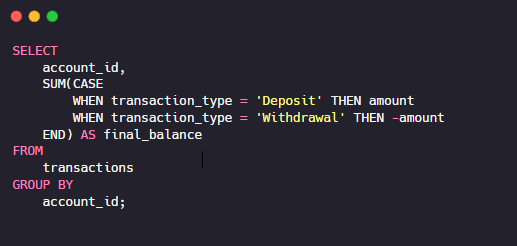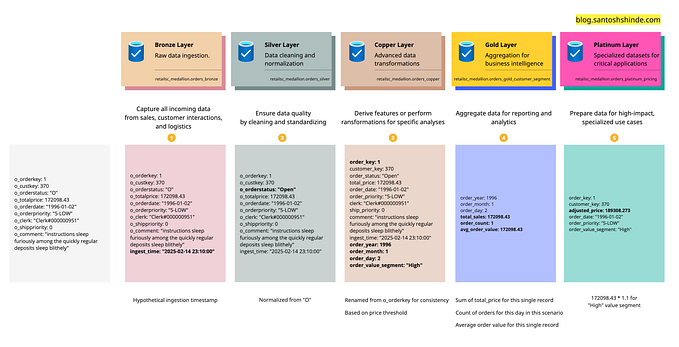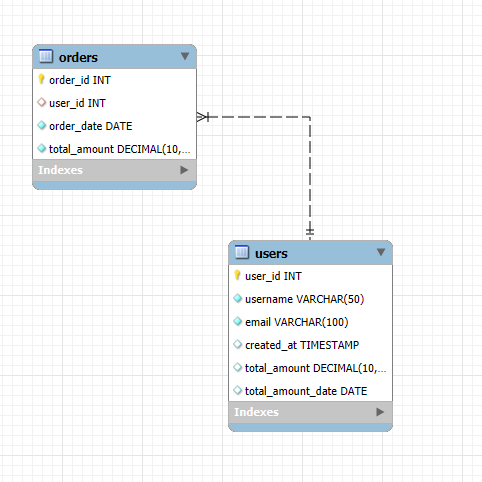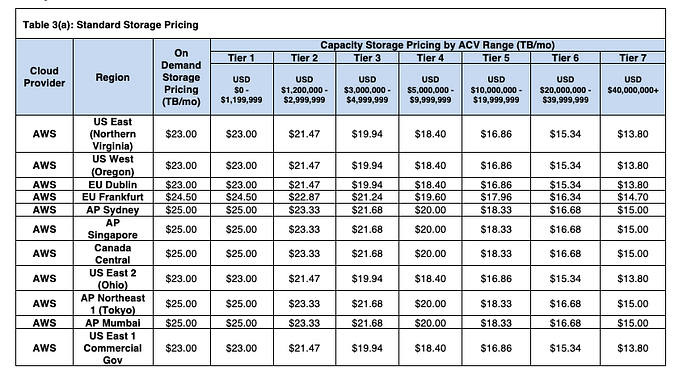
Triggers: Guardians of Data Integrity and Automation
In the realm of relational databases, triggers serve as powerful tools for automating data integrity checks and implementing business logic. They act as event-driven guardians, responding to specific actions and executing predefined tasks.
Concept of Triggers:
Triggers are special stored procedures that are automatically executed when a particular event occurs in the database. These events can be data manipulation operations, such as INSERT, UPDATE, or DELETE statements. Triggers provide a mechanism to enforce data integrity, maintain consistency, and automate business rules.
When to Use Triggers:
Triggers are particularly useful in scenarios where automatic actions need to be taken in response to data changes. Common use cases for triggers include:
- Enforcing data integrity constraints: Triggers can validate data before or after it is modified, ensuring that it adheres to specific rules and maintaining data consistency.
- Implementing business logic: Triggers can automate business rules, such as updating related tables or generating audit trails, without requiring manual intervention.
- Auditing data changes: Triggers can capture information about data modifications, creating audit trails for tracking and analysis.
Creating Triggers:
Triggers are created using the CREATE TRIGGER statement, specifying the trigger name, the table it's associated with, the triggering event, and the trigger body. The trigger body contains the SQL code to be executed when the event occurs.
CREATE TRIGGER trigger_name
AFTER INSERT ON table_name
FOR EACH ROW
BEGIN
-- Trigger body code
END;Trigger Types:
Triggers can be classified into two main types based on their execution timing:
- BEFORE Triggers: These triggers execute before the triggering event, allowing for data validation or modification before the actual data change occurs.
- AFTER Triggers: These triggers execute after the triggering event, allowing for actions that depend on the updated data or for auditing purposes.
Example: Maintaining Order History
Consider a scenario where an ‘orders’ table stores order details. To maintain an order history table, a trigger can be created to automatically insert a copy of the order data into a separate ‘order_history’ table whenever an order is updated:
CREATE TRIGGER order_history_trigger
AFTER UPDATE ON orders
FOR EACH ROW
BEGIN
INSERT INTO order_history
VALUES (OLD.order_id, OLD.customer_id, OLD.order_date, OLD.order_status);
END;Conclusion:
Triggers are powerful tools that enhance database automation, data integrity, and business logic implementation. They provide a mechanism to react to data changes and perform predefined actions, ensuring consistency and automating critical tasks. By understanding the concept and types of triggers, database professionals can effectively leverage their capabilities to build robust and maintainable database applications.









![[Tips for Snowflake] How to make an Iterative Merge in Snowflake](https://miro.medium.com/v2/resize:fit:679/1*_cuGnXKZL-9qH74r5WUOFA.png)
